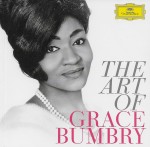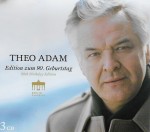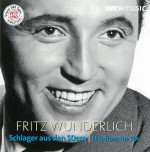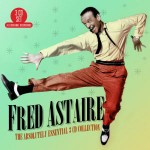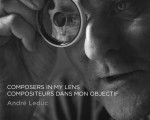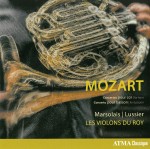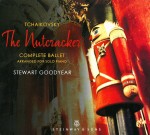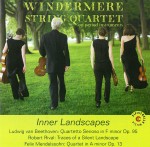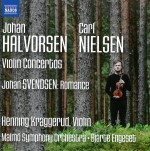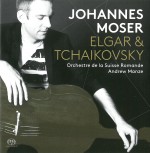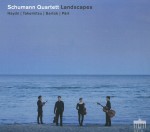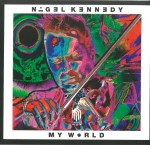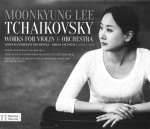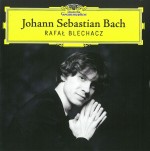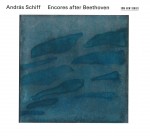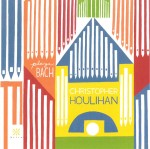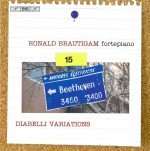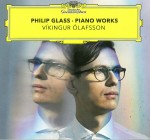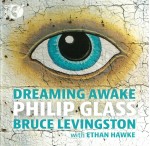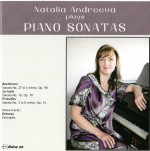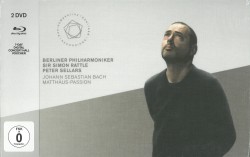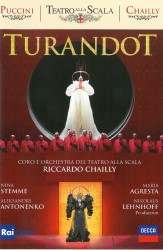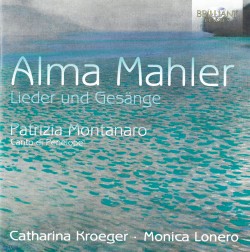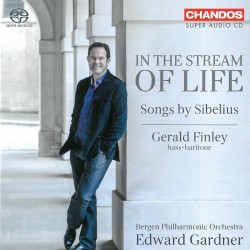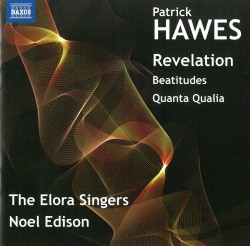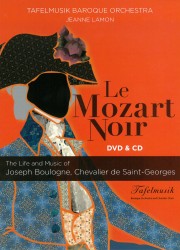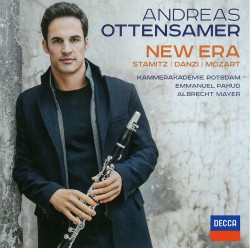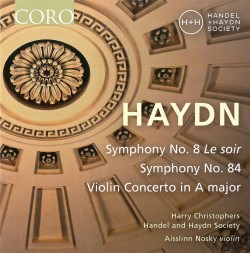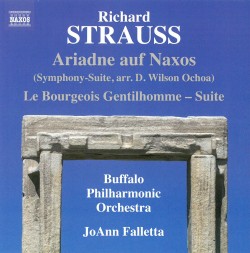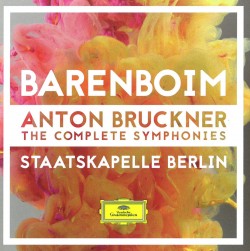Something in the Air - May 2017
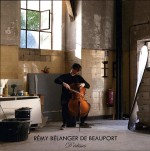 Virtuosity is the most universal method of expressing instrumental skill and there are 13 examples of cello prestidigitation on D’éclisses (Ambiances Magnétiques AM 233 CD actuellecd.com). Quebec City’s Rémy Bélanger de Beauport contorts the sound of his instrument into so many unexpected variables that he could be the musical equivalent of Harry Houdini and/or Mandrake the Magician. A mathematician with a fondness for dance, noise rock and electronic music, de Beauport’s skill is such that it appears as if more than one instrument is present or that his cello is amplified, while creating completely acoustic textures without overdubs. Entonnoir treize, for instance, begins with a resonation that could be from a drum set, but is quickly revealed to be a powerful string pluck. Meantime two separate tones, one strident and high-pitched, and the other moderato like Baroque continuo, move in parallel fashion across the narrative. As the piece flashes by with bullet-train-like speed, de Beauport’s techniques suggest at points he’s ripping the finish off his strings while accelerating sul ponticello sweeps that eventually reach a vibrating finale. Similar dark-light/pliable-immovable tones are on Brasier as the simultaneous timbres contrast bird-like whistles with jackhammer-like thumps. But despite these outré gestures moderato strokes are still audible and the track moves with an offbeat swing. De Beauport can perform a sequence on a single string with enough twists in it to resemble an uncoiling snake as on Meet das Berger or he can unearth his buried past as guitarist on Kokosberge where he twangs as if playing a folk song. Most of the CD’s tracks showcase not only the cellist’s ability to slice notes so quickly that he could be whittling a tree into a toothpick in record time, but also his resolute ability to maintain a narrative despite distractions. Almost all improvisations showcase partial extension as well as the notes themselves, making D’éclisses a near-textbook example of what a free-music cellist can attain.
Virtuosity is the most universal method of expressing instrumental skill and there are 13 examples of cello prestidigitation on D’éclisses (Ambiances Magnétiques AM 233 CD actuellecd.com). Quebec City’s Rémy Bélanger de Beauport contorts the sound of his instrument into so many unexpected variables that he could be the musical equivalent of Harry Houdini and/or Mandrake the Magician. A mathematician with a fondness for dance, noise rock and electronic music, de Beauport’s skill is such that it appears as if more than one instrument is present or that his cello is amplified, while creating completely acoustic textures without overdubs. Entonnoir treize, for instance, begins with a resonation that could be from a drum set, but is quickly revealed to be a powerful string pluck. Meantime two separate tones, one strident and high-pitched, and the other moderato like Baroque continuo, move in parallel fashion across the narrative. As the piece flashes by with bullet-train-like speed, de Beauport’s techniques suggest at points he’s ripping the finish off his strings while accelerating sul ponticello sweeps that eventually reach a vibrating finale. Similar dark-light/pliable-immovable tones are on Brasier as the simultaneous timbres contrast bird-like whistles with jackhammer-like thumps. But despite these outré gestures moderato strokes are still audible and the track moves with an offbeat swing. De Beauport can perform a sequence on a single string with enough twists in it to resemble an uncoiling snake as on Meet das Berger or he can unearth his buried past as guitarist on Kokosberge where he twangs as if playing a folk song. Most of the CD’s tracks showcase not only the cellist’s ability to slice notes so quickly that he could be whittling a tree into a toothpick in record time, but also his resolute ability to maintain a narrative despite distractions. Almost all improvisations showcase partial extension as well as the notes themselves, making D’éclisses a near-textbook example of what a free-music cellist can attain.
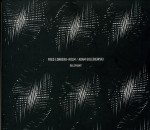 Solo invention is one thing, but how does an improvising cellist interact with fellow players? Very well, even as in the case of Relephant (Borcian Records borcianrecords.com), the meeting is an unconventional strong-percussion mating with American cellist Fred Lonberg-Holm and Polish drummer Adam Golebiewski. Although de Beauport still retains traces of so-called classical technique, Lonberg-Holm pushes that to one side, using electronic connection and extended techniques that are often as astringent as a hail storm and just as clangorous to work alongside. Involved with every manner of objects that can be banged or vibrated, the percussionist strikes rims, bells and wood blocks as often as drum tops and is more likely to be shaving jagged timbres from his cymbals than resonating them. That said, each of the four untitled selections vibrates with such a collection of airy, metallic and sometimes sheer unidentifiable timbres that it’s often a toss-up as to which instrument plays which lick. On the penultimate and longest track for instance after Lonberg-Holm’s early spiccato and sul ponticello arco strategies have extracted imaginative tones and extended partials from the mix, he begins guitar-like strums only to quickly abandon the picking for screeching shuffle bowing to challenge the drummer’s J Arthur Rank-like cymbal resonation and later rattles and shakes from percussion add-ons. Ending with a polyrhythmic sequence, percussion pops are heard alongside brass-like near-capillary sounds from Golebiewski, matched by comparable strident string slashes which also take on valve instrument colouration. Hard and thick with no leavening sweetness, the final selection brings bird-of-prey-like wheezing from the cellist and thunderstorm-like percussion reverb forward for a heightened crescendo, finally ending with drum plops and string angling that vibrate to the end.
Solo invention is one thing, but how does an improvising cellist interact with fellow players? Very well, even as in the case of Relephant (Borcian Records borcianrecords.com), the meeting is an unconventional strong-percussion mating with American cellist Fred Lonberg-Holm and Polish drummer Adam Golebiewski. Although de Beauport still retains traces of so-called classical technique, Lonberg-Holm pushes that to one side, using electronic connection and extended techniques that are often as astringent as a hail storm and just as clangorous to work alongside. Involved with every manner of objects that can be banged or vibrated, the percussionist strikes rims, bells and wood blocks as often as drum tops and is more likely to be shaving jagged timbres from his cymbals than resonating them. That said, each of the four untitled selections vibrates with such a collection of airy, metallic and sometimes sheer unidentifiable timbres that it’s often a toss-up as to which instrument plays which lick. On the penultimate and longest track for instance after Lonberg-Holm’s early spiccato and sul ponticello arco strategies have extracted imaginative tones and extended partials from the mix, he begins guitar-like strums only to quickly abandon the picking for screeching shuffle bowing to challenge the drummer’s J Arthur Rank-like cymbal resonation and later rattles and shakes from percussion add-ons. Ending with a polyrhythmic sequence, percussion pops are heard alongside brass-like near-capillary sounds from Golebiewski, matched by comparable strident string slashes which also take on valve instrument colouration. Hard and thick with no leavening sweetness, the final selection brings bird-of-prey-like wheezing from the cellist and thunderstorm-like percussion reverb forward for a heightened crescendo, finally ending with drum plops and string angling that vibrate to the end.
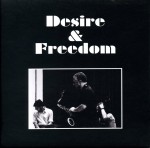 Another strategy that has developed is the use of the cello in the place of a double bass in a jazz combo. That’s Miguel Mira’s contribution to tenor saxophonist Rodrigo Amado’s Motion Trio. During the selections on Desire & Freedom (NotTwo MW 946-2 nottwo.com) which also includes drummer Gabriel Ferrandini, the trio expresses itself in stream-of-consciousness improvisations with the saxophonist exploring every nuance of the sound as Sonny Rollins and Dewey Redman did in similar situations. Meanwhile Mira’s plucks, feints and squeaks follow alongside Amado’s glottal punctuation. The most telling instance of this is on the concluding Responsibility. Halfway through, the cellist creates a vibrating solo, indistinguishable from that of a walking bass line and with the rhythmic power to match the saxophonist’s propelled split tones. By the time the foot-tapping extravaganza is complete it appears that both have exposed every timbral extension possible. Here and elsewhere, Ferrandini’s unforced clanks and rattles pace the other two like a moderator faced with impassioned speakers in a political debate. On Freedom Is a Two-Edged Sword, controlled thwacks from cello and drums properly situate the reedist’s exposition which bites rodent-like into the theme. Comfortable with gopher hole-like low growls and stratospheric cries, Amado’s reed motion can also be expressed in a more moderate fashion as he demonstrates on Liberty. With his narrative shaded to a deeper tone, while still multiphonic, the plinking strings and cymbal vibrations shadow him like a resolute foxhound as he develops theme variations and helps smooth the narrative down to soothing slurs by the finale.
Another strategy that has developed is the use of the cello in the place of a double bass in a jazz combo. That’s Miguel Mira’s contribution to tenor saxophonist Rodrigo Amado’s Motion Trio. During the selections on Desire & Freedom (NotTwo MW 946-2 nottwo.com) which also includes drummer Gabriel Ferrandini, the trio expresses itself in stream-of-consciousness improvisations with the saxophonist exploring every nuance of the sound as Sonny Rollins and Dewey Redman did in similar situations. Meanwhile Mira’s plucks, feints and squeaks follow alongside Amado’s glottal punctuation. The most telling instance of this is on the concluding Responsibility. Halfway through, the cellist creates a vibrating solo, indistinguishable from that of a walking bass line and with the rhythmic power to match the saxophonist’s propelled split tones. By the time the foot-tapping extravaganza is complete it appears that both have exposed every timbral extension possible. Here and elsewhere, Ferrandini’s unforced clanks and rattles pace the other two like a moderator faced with impassioned speakers in a political debate. On Freedom Is a Two-Edged Sword, controlled thwacks from cello and drums properly situate the reedist’s exposition which bites rodent-like into the theme. Comfortable with gopher hole-like low growls and stratospheric cries, Amado’s reed motion can also be expressed in a more moderate fashion as he demonstrates on Liberty. With his narrative shaded to a deeper tone, while still multiphonic, the plinking strings and cymbal vibrations shadow him like a resolute foxhound as he develops theme variations and helps smooth the narrative down to soothing slurs by the finale.
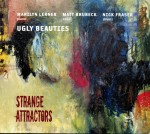 Another variation on this theme is exhibited by Toronto’s Ugly Beauties. On Strange Attractors (marilynlerner.com), Matt Brubeck’s cello takes the double bass role as well as what’s expected from the so-called classical cello in this ten-year-old aggregation with equal input from pianist Marilyn Lerner and drummer Nick Fraser. Although the cello’s natural melancholy tone is evoked when slow motion bends connect with variable piano patterning on Blue Violins and in contrast squirms and vibrates in tandem with the spontaneous joy emanating from the keyboard on the title tune, the true test of its adaptability comes in What Now? With the cellist initially skipping through the narrative like an inspired toddler, Lerner’s confirmed adults-only rendition of jazzy variations matures Brubeck’s output enough to replicate a walking bass line. Finally the cello’s resonation becomes tough enough to intersect with Fraser’s rolls and pops. Later, in a Janus-like demonstration of four-string versatility, the cello’s low pitches create a bluesy introduction to Sniffin’ Around, adding smacks on the wood for extra percussiveness as the pianist busily speeds up her chording to suggest terpsichorean movements. While other tunes like Fragments of a Dream and Broken Glass play up the cello’s solid chamber-music-like tones, Holometabolous, the extended free improvisation which ends the set confirms that staccato string torquing and descriptive glissandi are not only atonally effective but also are the equivalent mates for the pianist’s long-lined kinetics and string stopping. Overall the material somehow manages to combine a heavyweight boxer’s rough reach with the delicacy of a ballet dancer’s jetés.
Another variation on this theme is exhibited by Toronto’s Ugly Beauties. On Strange Attractors (marilynlerner.com), Matt Brubeck’s cello takes the double bass role as well as what’s expected from the so-called classical cello in this ten-year-old aggregation with equal input from pianist Marilyn Lerner and drummer Nick Fraser. Although the cello’s natural melancholy tone is evoked when slow motion bends connect with variable piano patterning on Blue Violins and in contrast squirms and vibrates in tandem with the spontaneous joy emanating from the keyboard on the title tune, the true test of its adaptability comes in What Now? With the cellist initially skipping through the narrative like an inspired toddler, Lerner’s confirmed adults-only rendition of jazzy variations matures Brubeck’s output enough to replicate a walking bass line. Finally the cello’s resonation becomes tough enough to intersect with Fraser’s rolls and pops. Later, in a Janus-like demonstration of four-string versatility, the cello’s low pitches create a bluesy introduction to Sniffin’ Around, adding smacks on the wood for extra percussiveness as the pianist busily speeds up her chording to suggest terpsichorean movements. While other tunes like Fragments of a Dream and Broken Glass play up the cello’s solid chamber-music-like tones, Holometabolous, the extended free improvisation which ends the set confirms that staccato string torquing and descriptive glissandi are not only atonally effective but also are the equivalent mates for the pianist’s long-lined kinetics and string stopping. Overall the material somehow manages to combine a heavyweight boxer’s rough reach with the delicacy of a ballet dancer’s jetés.
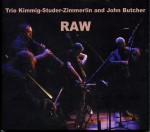 Moving further into the abstract realm is Raw (Leo Records CD LR 766 leorecords.com). More cerebral than coarse, the CD shows how the unconventional Swiss string trio of cellist Alfred Zimmerlin, violinist Harald Kimmig and double bassist Daniel Studer adapt its variant of modern chamber music with the addition of British tenor and soprano saxophonist John Butcher. An individualistic blend of sharp angling, judders and stretched asides, Kimmig-Studer-Zimmerlin (KSZ) relates to a string trio only in the same way a cat and tiger are both felines. But its idiosyncratic variables make the saxophonist’s slurs and split tones the ideal complement to the trio-developed sound. Separated by protracted periods of near-inaudibility and silences, the results are something like the proverbial blind taste tests. Which timbres can be attributed to the reedist and which to strings? The giveaway on tracks such as the extended A Short Night with a Light Beam of the Moon are when Butcher’s circular breathing, multiphonics or tongue slaps audaciously confirm his identity. Overall though, the string trio’s angled unison allows reed trills to arise organically from within the KSZ’s practised interface. Reed-and-metal plus wood-and-strings blending demonstrate congruence most obviously on Morning Star Shining on Hydrangea, as first Zimmerlin, then Butcher, sound near-identical caustic echoes before string rubs and reed bites sweep to silence. Although less raw than imagined, a CD like this demonstrates the cello’s versatile skill in solo and group situations, just as pushing it another way on some of the other discs confirms its rhythmic function.
Moving further into the abstract realm is Raw (Leo Records CD LR 766 leorecords.com). More cerebral than coarse, the CD shows how the unconventional Swiss string trio of cellist Alfred Zimmerlin, violinist Harald Kimmig and double bassist Daniel Studer adapt its variant of modern chamber music with the addition of British tenor and soprano saxophonist John Butcher. An individualistic blend of sharp angling, judders and stretched asides, Kimmig-Studer-Zimmerlin (KSZ) relates to a string trio only in the same way a cat and tiger are both felines. But its idiosyncratic variables make the saxophonist’s slurs and split tones the ideal complement to the trio-developed sound. Separated by protracted periods of near-inaudibility and silences, the results are something like the proverbial blind taste tests. Which timbres can be attributed to the reedist and which to strings? The giveaway on tracks such as the extended A Short Night with a Light Beam of the Moon are when Butcher’s circular breathing, multiphonics or tongue slaps audaciously confirm his identity. Overall though, the string trio’s angled unison allows reed trills to arise organically from within the KSZ’s practised interface. Reed-and-metal plus wood-and-strings blending demonstrate congruence most obviously on Morning Star Shining on Hydrangea, as first Zimmerlin, then Butcher, sound near-identical caustic echoes before string rubs and reed bites sweep to silence. Although less raw than imagined, a CD like this demonstrates the cello’s versatile skill in solo and group situations, just as pushing it another way on some of the other discs confirms its rhythmic function.
Using imagination and skill, cellists have found a place for themselves in improvised music that probably could never be imagined by those who support conventional techniques.


